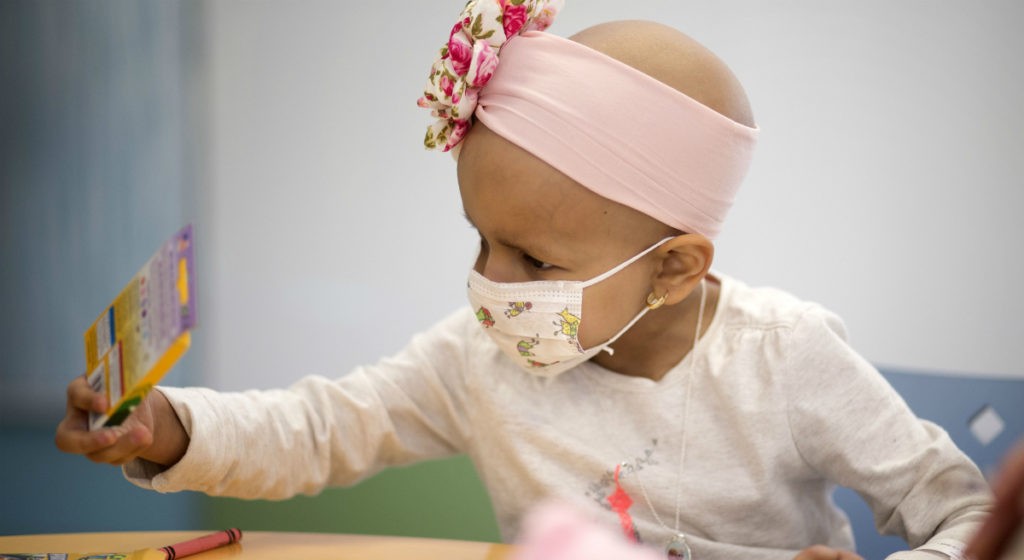
Diagnosed with Cancer? Your two greatest challenges are understanding cancer and understanding possible side effects from chemo and radiation. Knowledge is Power!
Learn about conventional, complementary, and integrative therapies.
Dealing with treatment side effects? Learn about evidence-based therapies to alleviate your symptoms.
Click the orange button to the right to learn more.
- You are here:
- Home »
- Blog »
- side effects ID and prevention »
- Pediatric Cancer – covering the cost
Pediatric Cancer – covering the cost

- Cancer Survivor
- Cancer Coach
- Director PeopleBeatingCancer

Ensuring you have a place to call home throughout treatment is a must. Unfortunately, when you’re missing work, traveling for appointments, and paying medical bills, it can be challengingto make a mortgage payment as well. There are a few ways that you can shrink that mortgage payment, though.
You might be able to eliminate PMI (private mortgage insurance), which would drop your payment, or you could shop around for a cheaper policy. Talk with your lender about your options, and also try talking with local officials; sometimes properties can be reassessed for a lower tax value.
Another option is to refinance your home, which could be ideal for freeing up cash or securing
better terms to lower your monthly payment. A lower monthly payment or an equity payout can
make a big difference.
Tap into Life Insurance
To help pay for childhood cancer, sometimes you can draw from a life insurance policy to help pay for medical expenses. This would typically reduce the benefit you would receive following a death. However, it can alleviate
financial stress for everyone, as well as reduce the potential debt that you could incur.
For the Self-Employed
Freelancers and self-employed individuals are often left wondering – and worrying – what to do
about healthcare, but you may be able to seek coverage through the Affordable Care Act, Cobra
plans, or joining the insurance plan of your partner. If either you or your spouse belong to a
professional association, they may provide insurance options as well. The main takeaway: you
have options!
Look Ahead for Your Family
Unless you already have a life insurance policy for your child, a cancer diagnosis can make it
difficult to get a new policy. To protect your family financially, consider investing in burial
insurance just in case, which your child might still qualify for after a cancer diagnosis. A burial
policy can help cover the funeral and bridge the financial gap on any medical bills left behind.
Consider the Cost of Long-Term Care
With a pediatric cancer diagnosis, there is a high probability that your child will need more hands-on care
than your family can provide. This could mean entering a skilled nursing care facility when
recovering from treatments. Unfortunately, long-term care insurance is not typically available for
people with cancer. Your options here are to self-insure by using savings or to look into benefits
that are already owed. Medicare and Medicaid might offer some assistance.
Determine Where Assistance is Available
If you do not live near a cancer treatment center, you might incur travel and transportation
expenses. In this instance, your child might be eligible for charitable services that can help
eliminate or reduce these costs, and there are several organizations ready to help.
Mercy Medical Angels is a program that might be able to assist your child in getting to and from
treatment. Other programs that might ease your financial burden are the Supplemental Nutrition
Assistance Program, Ronald McDonald House Charities, and Temporary Assistance for Needy
Families.
This guide is not a comprehensive listing of expenses you might incur if you face a pediatric cancer diagnosis, nor of organizations ready to help for childhood cancer. There are endless variables that determine your family’s personal needs, and this is simply a good place to start. A childhood cancer diagnosis can be devastating for everyone.
To make the most of your time, look for ways to eliminate or reduce the financial strain so you
can focus on treatment and enjoying every day you have together.

